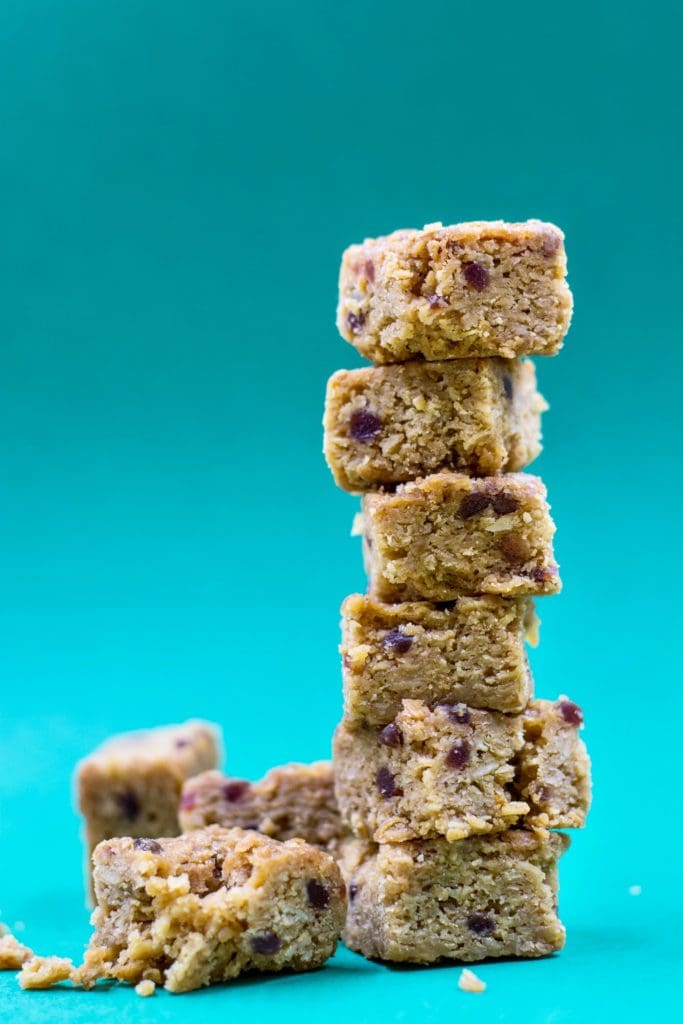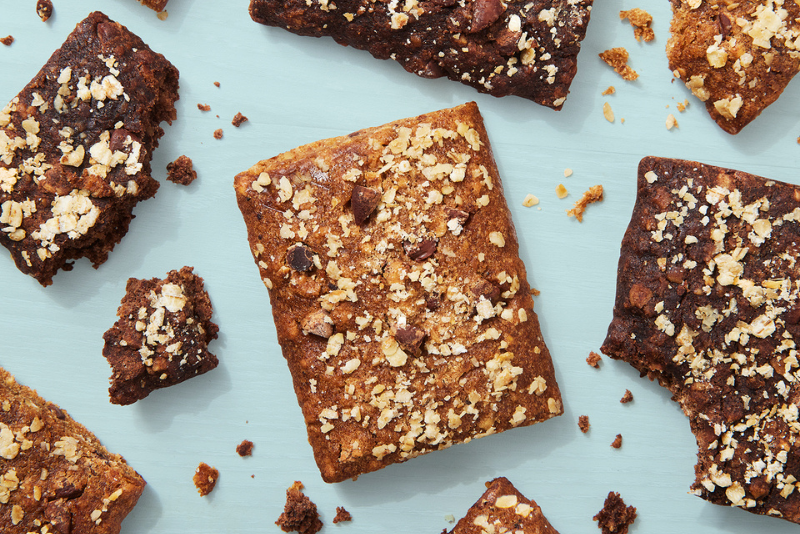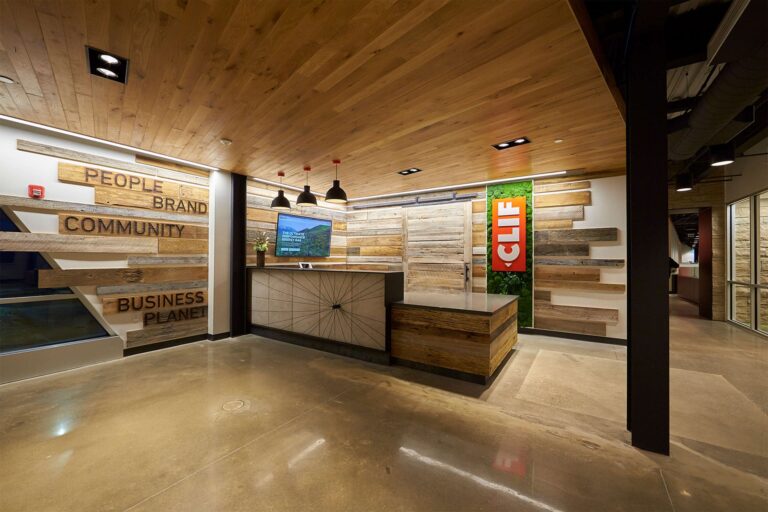“It’s like a perfect marriage of equipment technology and formulation,” Lindsley said. “Formulating is complex in respect to having it be thermally stable. And as it gets more complex, you need a highly trained operator — almost at an engineer level as far as competency — to be running that operation.”
As new ingredients debut and dietary demands from consumers skyrocket, a well-versed operations team that understands ingredients is essential. Trends like high-protein bars, plant-based products and gluten-free offerings take time to navigate when product quality is a top priority. Mijeong Kim, process engineer at Reno, NV-based Nature’s Bakery, knows this firsthand.
“One of our biggest challenges comes with our gluten-free fig bars,” Kim said. “We have high standards when it comes to making sure they maintain a certain taste and texture and that they’re as good as our whole wheat products.”
Gluten-free is also a popular demand for Chicago-based Schulze & Burch Biscuit Co., a private-label and co-manufacturer of cold-formed, granola and cereal bars. Some of the company’s products are naturally wheat-free, so there are no extra steps involved, but cleaning challenges still loom.
“We’ve got bars that are naturally non-gluten containing, but the big challenge is making sure the line is sanitized,” said Joshua Current, R&D manager at Schulze & Burch. “On the cereal bar side, when you’re looking at a grain-based product, wheat is typically the big one, oats being the second and then pulse flours, which are more difficult as far as texture and flavor replication.”

Nature’s Bakery also holds itself to a high standard when it comes to facility cleanliness, especially with the variety of bars it produces. From baked-ins to oatmeal crumble bars to fig bars and more, it’s important to run a tight ship.
“We work hard to make sure our baking process is efficient and sanitary,” said Phil Stringer, senior process engineer at Nature’s Bakery. “We really take pride in having a clean facility, so we need equipment that is optimized to avoid any overspill.”
When it comes to flavor innovation, it’s all over the board for bar producers. Some see the demand fall more into the better-for-you and high-protein categories, but many manufacturers also see a strong demand for the classics.











